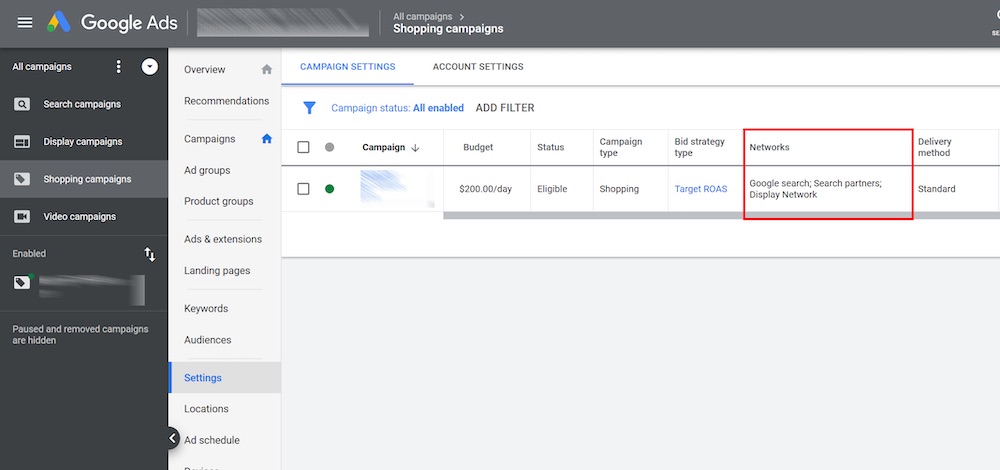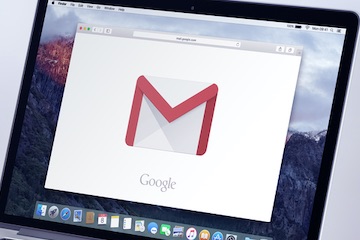I received an email a few days ago from Google, stating that Shopping ads would appear in Gmail starting the week of March 4.
Soon your standard Shopping campaigns will be able to reach users who begin and continue their shopping journey on Gmail. Shopping Ads (both Product Shopping ads & Showcase Shopping ads) will be eligible to appear on Gmail from the week of March 4, 2020.
How will this look? What action(s) should merchants take?
I’ll dig deeper in this post.
The email refers to standard Shopping ads, which show on both product-specific Google searches and searches on Shopping.google.com. But Showcase Shopping ads could appear in Gmail, too.
Default Opt-in
The notification email also stated:
Your standard Shopping campaigns will be automatically enabled to run on Gmail, if they are opted into “YouTube, Gmail and Discover.”
That sentence concerns me.
Here is the default setting for Shopping campaigns.

The default setting for Shopping campaigns is “Google search, Search partners, and Display Network.” Click image to enlarge.
Come March 4, presumably Gmail will include thousands of Shopping campaigns. Certainly Google is trying to encourage adoption. But many advertisers won’t be aware of the change. Google should instead require manual opt-ins, obtaining explicit approval from advertisers.
Targeted?
The announcement doesn’t address how Google will decide when to show the ads or for what products.
As to when, likely Google will mix them in as with its other promotions in Gmail. Google will probably use product titles as the subject line and then, once a recipient clicks, include additional product-feed information for the body text. I’m curious, however, about the exact look and feel.
The biggest question is how Google will select the products. Reflecting on my Gmail experiences, the options are presumably:
- Based on search history. This is the most likely targeting method since most Gmail users conduct searches while logged in. Google could therefore leverage intent to include relevant products.
- Cookie-based retargeting. This would open a new placement for feed-based retargeting. Simple and straightforward.
- Parse email text to match data in product feeds. Google probably won’t do this (unless it reads our emails).
Concerns
I have a couple of concerns for advertisers. First, Google groups Gmail, YouTube, and the Discover feed. But the user mindset is different for each.
First, Gmail users are working and catching up with friends. It’s task-oriented. YouTube users are exploring — consuming how-to and entertainment videos. Google’s Discover feed includes news and topics that interest the recipient. Discover resembles a frequently-updated social media feed. Optimizing Shopping ads for Discover could be tough.
Second, advertisers can separate campaigns for inclusion in Gmail, but that creates duplicates, which Google has been trying to avoid with Enhanced campaigns.
Overall, however, including Shopping campaigns in Gmail will not likely impact most advertisers, good or bad. It’s likely a single-digit percentage increase in impressions. And since click-throughs will probably be low, it won’t add a ton of cost (or conversions).
The broader issue, to me, is that Google continues to launch expansive features (i.e., variant keyword matching) and impose them on active campaigns without advertiser approval.




